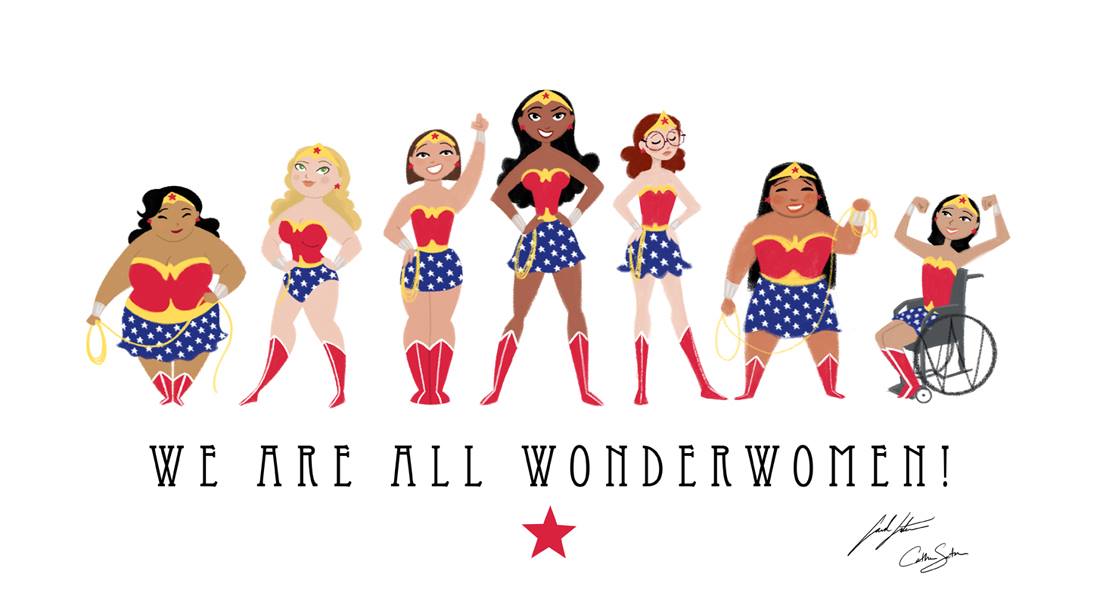
It is the beginning of March which means we say “hello” to Women’s History Month. Last month we celebrated Black History Month. As we live in a male dominant society, black men tend to be the stars–Martin Luther King Jr., Malcolm X, and Jesse Jackson to name a few. And then we transition into Women’s History Month where black women tend to fall short on the lists of notable figures. Now, there’s a problem with this….what about black women? When do we celebrate them?
Let’s take a minute to give a big shout out to Kimberlé Crenshaw. Why are we thanking her? Because she coined the term “intersectionality” in 1989. In a 2015 article for the Washington Post, Ms. Crenshaw writes:
Intersectionality, then, was my attempt to make feminism, anti-racist activism, and anti-discrimination law do what I thought they should — highlight the multiple avenues through which racial and gender oppression were experienced so that the problems would be easier to discuss and understand.
 Intersectionality is acknowledging that our identities are not singular. They are complex and overlapping. It is with these multiple identities that we experience life; making our experiences unique. For example in feminism, while we are all women, white women and women of color will experience oppression and discrimination differently. This extends beyond race and gender. Ms. Crenshaw wants us to know that “intersectionality is…a way of thinking about identity and its relationship to power… racism, sexism, class oppression, transphobia, able-ism and more.”
Intersectionality is acknowledging that our identities are not singular. They are complex and overlapping. It is with these multiple identities that we experience life; making our experiences unique. For example in feminism, while we are all women, white women and women of color will experience oppression and discrimination differently. This extends beyond race and gender. Ms. Crenshaw wants us to know that “intersectionality is…a way of thinking about identity and its relationship to power… racism, sexism, class oppression, transphobia, able-ism and more.”
This Women’s History Month we want you to focus on all the many different kinds of women that have made our world a better place. If you are a part of a mentoring program or work in schools, surround your students with diverse, influential people. Because we all need to see somebody who looks like us in a position of respect and power.

